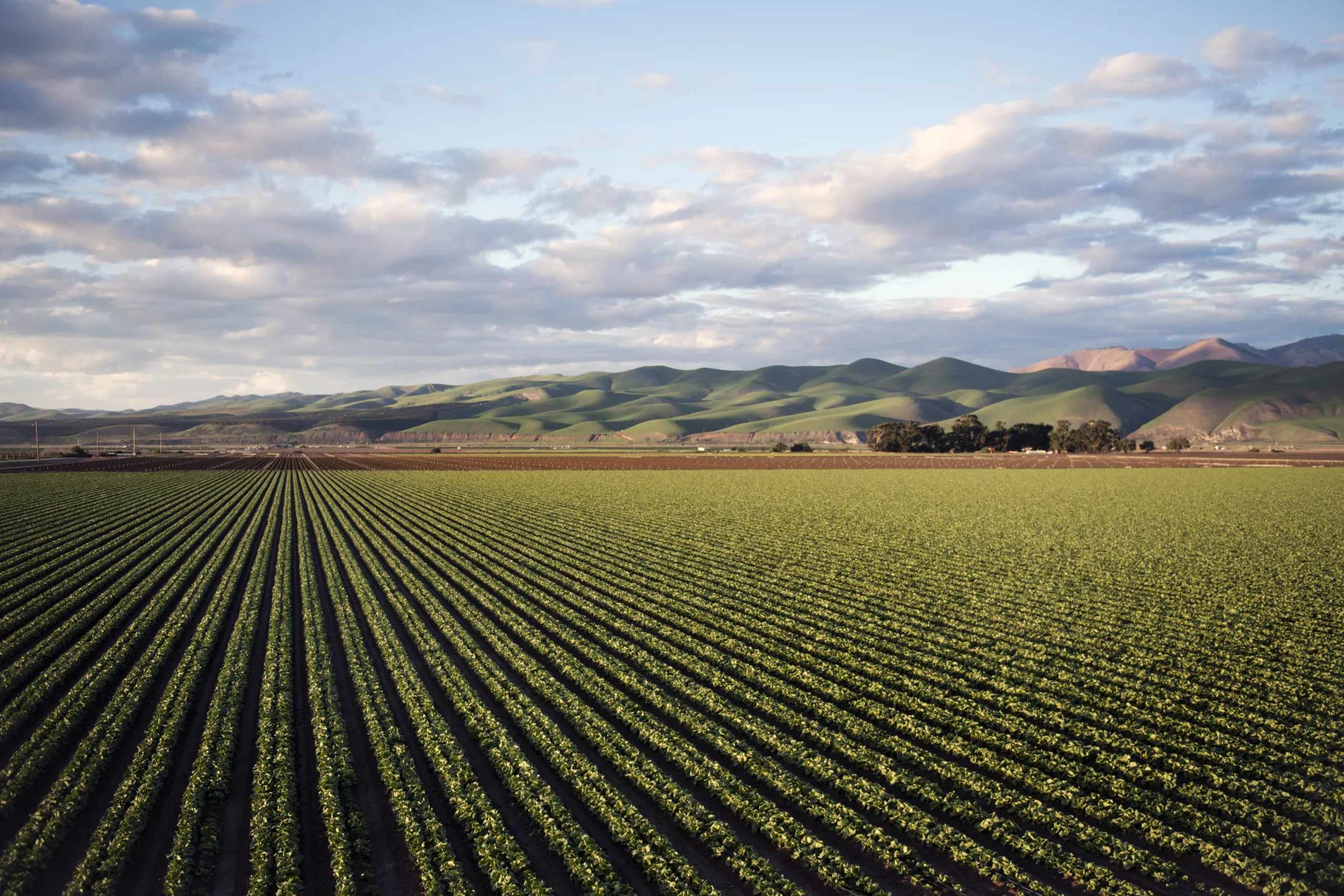Do you have a willow tree in your backyard that needs to thrive? Knowing the type of soil it needs is essential for its growth and health. But what kind of soil do willow trees like? This article will provide you with the information you need to ensure that your willow tree has the best soil possible, so that it can grow strong and healthy. We’ll cover what types of soils are ideal for a variety of willow species, as well as discuss some other factors that can affect the health of your willow tree.
The best soil type for willow trees is a moist, loamy soil with a pH of 6.0-7.5.
Benefits of Soil Types for Willow Trees
Willow trees are an attractive and hardy ornamental tree that can thrive in a variety of different soil types. The type of soil that is best for willow trees depends on the variety and purpose of the tree, but all willow species require well-drained soils. Different types of soil can provide different benefits to willow trees, allowing them to grow strong and healthy.
Sandy Soils
Sandy soils are ideal for many species of willow trees as they provide well-drained, aerated conditions. Sandy soils allow for better water absorption and root growth, leading to healthier, more vigorous plants. Sandy soils also tend to be neutral in pH, which is beneficial for most willow varieties.
Clay Soils
Clay soils are not ideal for most types of willow trees due to their low drainage capabilities. Clay soils may cause issues such as root rot or fungal diseases due to the standing water in the soil. However, some species of willows such as weeping willows (Salix babylonica) are adapted to clay-based soils and can be successfully grown in these conditions with proper care.
Loam Soils
Loam soils are often best suited for growing willows as they provide a good balance between drainage and water retention while also providing plenty of nutrients needed by plants. Loam soils tend to be neutral in pH which is beneficial for most varieties of willows. Loam soil also has good aeration which encourages healthy root growth and helps protect against potential diseases caused by standing water or overly dry conditions.
Overall, there is no one “perfect” type of soil for growing willow trees; however, sandy loam or loamy sands are often considered the best choices due to their balance between drainage and water retention, as well as their ability to provide necessary nutrients while still being neutral in pH levels. With proper care and attention, any type of soil can be suitable for growing healthy, vibrant willow trees.
What Nutrients Do Willow Trees Need in Soil?
Willow trees need a variety of nutrients in soil to grow and thrive. These include nitrogen, phosphorus, potassium, calcium, magnesium, sulfur, boron, iron, zinc, and manganese. All of these elements are essential for the tree’s growth and development. Nitrogen is important for leafy growth and photosynthesis. Phosphorus is important for root growth and fruiting. Potassium helps with water absorption and helps regulate the tree’s metabolism. Calcium helps strengthen the cell walls of the tree while magnesium assists in photosynthesis and cell respiration. Sulfur helps with protein production while boron assists with cell development. Iron helps form chlorophyll while zinc assists with enzyme production. Finally, manganese helps with photosynthesis and nitrogen metabolism.
In addition to these essential elements, willow trees also need small amounts of other trace minerals such as copper, molybdenum, nickel, cobalt and chlorine to stay healthy. A soil test can help you determine exactly what your willow needs to keep it healthy and thriving. Without adequate nutrition from the soil or a fertilizer program in place, your willow may become stressed or even die prematurely.
The pH Levels of Soil and Willow Tree Growth
The pH of soil is an important factor in determining the health and growth of plants, including willow trees. Soil pH measures the acidity or alkalinity of soil on a scale from 0 to 14. A neutral pH level is 7, with anything below 7 considered acidic and anything above 7 considered alkaline. Willow trees tend to do best in soil that has a slightly acidic pH level, between 6 and 6.5.
When the soil’s pH level is too high or too low for willow trees, it can cause nutrient deficiencies and poor growth. Alkaline soils can cause calcium, magnesium, and iron deficiencies. Acidic soils can cause deficiencies in boron, manganese, copper and zinc. Low levels of any essential nutrient can impair a plant’s ability to absorb water and nutrients from the soil.
It’s important to test your soil before planting willow trees or other plants so you know what kind of amendments you need to add for optimal growth conditions. Soil testing kits are available at most garden stores or online retailers that measure the pH levels as well as nutrient levels in your soil sample. Adding lime to increase alkalinity or sulfur to decrease alkalinity are two common ways to adjust pH levels in your soil if needed for willow tree growth.
Once your soil is adjusted correctly for your particular species of willow tree, you can enjoy watching them grow and thrive without worrying about nutrient deficiencies or other issues caused by incorrect pH levels. Taking the time to test and adjust the pH levels of your soil before planting will pay off with healthy plants that are better able to withstand pests, diseases, and other environmental stresses such as extreme temperatures or drought conditions.
Amending Soils for Willow Tree Growth
Willow trees require well-draining, fertile soil to grow properly. They are often found in wet, marshy areas, but can also survive on dry land. To ensure the best possible growth and health of your willow tree, it is important to amend your soil prior to planting. Here are some steps you can take to amend soils for willow tree growth:
The first step is to test the pH of the soil. The ideal range for willows is between 6.0 and 7.5, so if you find that your soil’s pH falls outside that range, you may need to adjust it accordingly. You can do this by applying lime or sulfur depending on whether your soil is too acidic or too alkaline.
Next, add organic matter such as compost or manure to the soil before planting. This will help improve drainage and increase the fertility of the soil. It can also help retain moisture which is essential for willows as they do not tolerate drought conditions well.
Finally, make sure that your soil is well-drained and has good aeration. Willows are very susceptible to root rot if their roots are not allowed to breathe properly. If your soil does not drain well enough, consider adding a layer of mulch or gravel.
By following these steps you can ensure that your willow tree has an ideal environment in which to thrive and grow!

How to Test Your Soil Before Planting a Willow Tree
Before planting a willow tree in your garden, it is important to test the soil. Knowing the pH level of your soil and its nutrient content helps you determine what type of willow tree will be best suited for your garden. Testing the soil also helps you decide if any amendments need to be added in order to create an ideal environment for your tree. Here are some instructions on how to test the soil prior to planting a willow tree.
The first step in testing your soil is to collect a sample. Dig down at least 6-7 inches into the ground and use a trowel or shovel to remove a small portion of dirt. Place the sample into a sealed plastic bag, label it with the location where it was taken, and take it to your local garden center or agricultural extension office for testing.
When you take your sample in for testing, they will measure both the pH level and nutrient content of your soil. The pH level of the soil can range from very acidic (below 7) to very alkaline (above 7). You will want the pH level of your soil to be between 6-7 when planting a willow tree, as this is within its preferred range.
The nutrient content of your soil should also be checked prior to planting a willow tree. Most soils contain adequate amounts of phosphorus, potassium, calcium and magnesium but may need extra nitrogen in order to promote healthy growth. If necessary, amendments such as compost or mulch can be added in order to increase nutrient levels in the soil before planting.
Testing your soil before planting a willow tree is an important step that should not be overlooked. Knowing both the pH level and nutrient content of your soil helps you choose which type of willow tree is best suited for that particular area and allows you adjust any necessary amendments prior to planting.
Planting Depth for Willow Trees in Different Soils
When planting a willow tree, it is important to take into account the type of soil it will be planted in. Different soils have varying depths that are recommended for optimal growth and health of the tree. Sandy soils are typically best as they allow for good drainage and aeration of the roots. Clay-based soils should be avoided as they can become waterlogged and lead to root rot. When planting in sandy soils, the ideal depth is 8 to 10 inches, with the roots spread out evenly around the circumference of the hole. For clay-based soils, an even deeper planting depth of 12 to 18 inches is recommended. This allows for better aeration of the roots and helps prevent root rot. It is also important to ensure that there are no air pockets when planting in clay-based soils to avoid any potential issues with waterlogging or root rot.
In addition to planting depth, it is important to consider the amount of moisture present in different types of soil as well. Sandy soils should always remain moist but not overly wet, as this can lead to poor growth and health of the tree. Clay-based soils should remain slightly damp but not soggy or overly wet, as this can cause root rot and impede drainage properly. Proper drainage is essential for a healthy tree, so taking these factors into consideration when planting a willow tree is key.
Overall, when planting a willow tree, it is important to consider both soil type and moisture content when determining planting depth. Sandy soils require a shallower depth while clay-based soils require a deeper depth to ensure proper aeration and drainage of the roots. Taking these factors into consideration can help ensure that your willow tree grows strong and healthy for years to come!
How Much Water Does a Willow Tree Need in Different Soils?
The amount of water that a willow tree needs depends on the soil type in which it is planted. Clay soils retain more moisture than sandy soils, and so a willow tree planted in clay soil will require less water than one planted in sandy soil. In general, a willow tree should be watered regularly to keep the soil slightly moist but not saturated. If the soil becomes too dry, the tree may experience stress and become vulnerable to pests and diseases.
In clay soils, a willow tree should be watered deeply once or twice per week during hot weather, depending on the region where it is located. During cooler weather, water once every two weeks. In sandy soils, water deeply three times per week during hot weather and twice a week during cooler weather. In either case, allow the top inch or two of soil to dry out between watering sessions to avoid over-watering.
It is also important to make sure that your willow tree receives enough sunlight throughout the day. If planted in shadier spots or areas with poor air circulation, additional watering may be necessary to ensure that your tree has enough moisture for healthy growth and development. Make sure to monitor your willow tree’s needs and adjust your watering schedule accordingly.

Conclusion
Willow trees thrive in soils with a higher pH level than most other trees. They require consistently moist soil and do not tolerate long periods of drought. They prefer soils that are slightly acidic, but will do well in slightly alkaline soils as well. While they prefer loamy soil, they can also grow in a variety of soils, such as clay and sand. In general, willow trees need plenty of moisture and good drainage to be successful.
Providing the right kind of soil for your willow tree is essential for its growth and health. To ensure your willow tree receives the best environment possible, it’s important to select an appropriate soil type that is not too compact or too sandy. If you have any doubts about the type of soil you should use, consider consulting an expert or doing some research on your own to find the best option for your tree.

My interest in trees started when I first saw the giant sequoias in Yosemite.
I was a teenager then, and I remember thinking, “I need to learn more about this.”
That moment stuck with me.
A few years later, I went on to study forestry at Michigan Tech.
Since graduating, I’ve worked in a mix of hands-on tree care and community education.
I’ve spent over ten years helping people understand how to plant, maintain, and protect the trees in their neighborhoods.
I don’t see trees as just part of the landscape.
They are living things that make a real difference in our daily lives.
